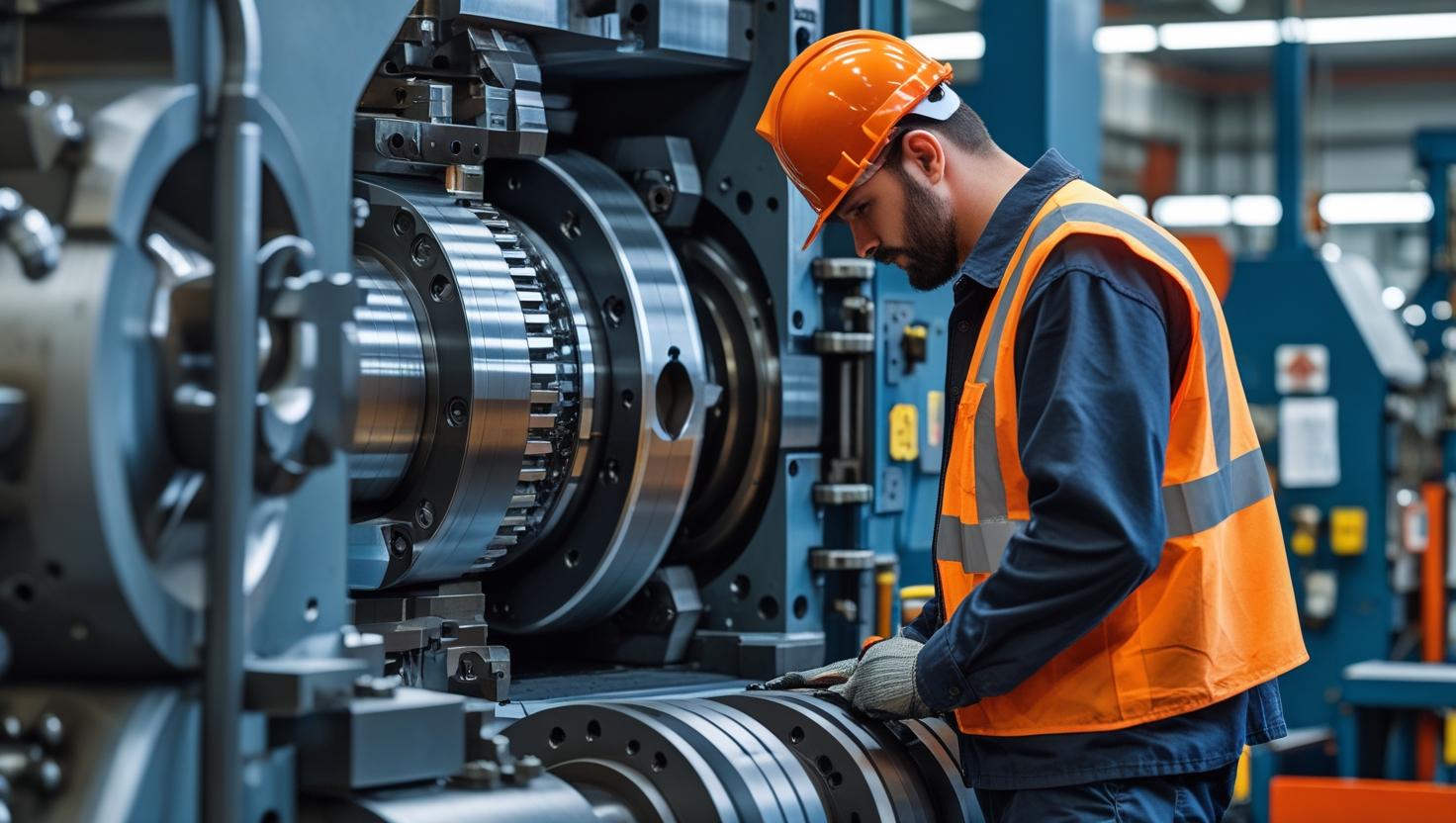In an era of rapid technological transformation, industrial safety market growth is no longer confined to hard hats, caution signs, and manual inspections. The integration of Artificial Intelligence (AI) and the Internet of Things (IoT) is revolutionizing how industries detect, prevent, and respond to safety hazards, creating smarter, more responsive, and data-driven safety ecosystems.
As the global demand for safe and efficient workplaces intensifies—driven by stringent regulatory standards and growing awareness of employee welfare—AI and IoT are emerging as key enablers in the evolution of the industrial safety market.
AI and IoT: A Powerful Safety Duo
1. Real-Time Monitoring and Predictive Analytics
One of the most significant contributions of AI and IoT in industrial safety is real-time hazard detection. IoT-enabled devices such as gas detectors, vibration sensors, and wearable health monitors can continuously collect data from machinery, environments, and even workers.
AI algorithms process this data to predict potential failures or identify hazardous patterns, allowing for preventive actions before an incident occurs. For example, predictive maintenance powered by AI can detect anomalies in equipment behavior, reducing the risk of catastrophic failures and downtime.
2. Smart Wearables and Worker Safety
IoT-connected wearables, such as smart helmets, vests, and wristbands, are transforming worker safety in high-risk industries like construction, oil & gas, and mining. These devices can track:
-
Worker location
-
Exposure to toxic gases
-
Fatigue and vital signs
-
Falls or sudden impacts
AI analyzes this data to issue alerts or automatically notify emergency response teams, reducing response times and potentially saving lives.
3. Automated Safety Compliance
Compliance with safety regulations is a complex, time-consuming process. AI simplifies this by automating documentation, inspection scheduling, and compliance checks. Computer vision systems, powered by AI, can monitor PPE usage, detect unsafe behavior, and even identify safety violations on the factory floor in real time.
This automation helps companies maintain compliance and avoid fines while promoting a proactive safety culture.
Download PDF Brochure @ https://www.marketsandmarkets.com/pdfdownloadNew.asp?id=19720540

4. Enhanced Incident Response and Decision Making
AI-driven systems can enhance emergency response by using machine learning models to simulate incident scenarios and determine the most effective evacuation routes or containment strategies. Coupled with IoT sensors that provide situational data, this approach supports faster, data-driven decision making during critical events.
5. Centralized Safety Management Platforms
The combination of AI and IoT enables the development of centralized safety dashboards. These platforms aggregate data from multiple sources—machines, sensors, workers—into a single interface. Safety managers gain a holistic view of site operations, enabling:
-
Quick identification of high-risk zones
-
Historical analysis of incidents
-
Continuous safety improvement based on data trends
Market Outlook and Growth Drivers
The industrial safety market is projected to grow from USD 6.3 billion in 2022 to USD 8.8 billion by 2027; it is expected to grow at a CAGR of 6.8% from 2022 to 2027, with AI and IoT integration being one of the leading drivers.
Key growth factors include:
-
Increasing workplace safety regulations (OSHA, ISO 45001)
-
Rising demand for automation and smart factories
-
The shift toward predictive maintenance
-
Expansion of smart wearable technologies
Industries such as manufacturing, energy, mining, chemicals, and construction are leading the adoption curve, seeking to reduce human error, improve efficiency, and safeguard their workforce.
Challenges and Considerations
While the benefits are clear, the deployment of AI and IoT in safety management comes with challenges:
-
Data privacy and security risks from connected devices
-
Integration issues with legacy systems
-
High initial costs of implementation and training
-
Workforce resistance to new technology adoption
Organizations must address these concerns through strong cybersecurity practices, phased deployment strategies, and robust employee training programs.
Conclusion: The Future of Industrial Safety Is Smart
AI and IoT are no longer just buzzwords—they are becoming cornerstones of modern industrial safety strategies. By enabling real-time monitoring, predictive insights, and automated responses, these technologies are not only preventing accidents but also transforming safety into a strategic advantage.
As industries continue to digitize and regulations become more demanding, investing in AI- and IoT-driven safety solutions will be critical to building resilient, efficient, and human-centered workplaces.
Frequently Asked Questions (FAQ)
AI and IoT in the Industrial Safety Market
1. How are AI and IoT used in industrial safety?
AI and IoT are used to monitor equipment, environments, and workers in real-time. IoT devices collect data from sensors, and AI analyzes this data to detect hazards, predict equipment failures, and automate safety compliance.
2. What types of industries benefit most from AI and IoT safety solutions?
High-risk industries such as manufacturing, oil & gas, mining, construction, chemicals, and utilities benefit most, as these sectors face significant safety challenges and regulatory pressures.
3. What are some examples of IoT devices used for safety?
Common IoT safety devices include:
-
Gas leak detectors
-
Smart helmets and vests
-
Wearable fatigue monitors
-
Environmental sensors (for heat, pressure, vibration)
-
Proximity alert systems for heavy machinery
4. Can AI help prevent workplace accidents?
Yes. AI can analyze patterns in operational data to predict potential hazards before they lead to accidents. It also enables real-time alerts and automatic shutdowns in emergency scenarios.
5. What are the benefits of using AI and IoT for safety compliance?
-
Real-time monitoring of compliance (e.g., PPE detection via AI cameras)
-
Automated reporting and documentation
-
Reduced manual inspection workload
-
Fewer regulatory violations and fines
